Your One-Stop Shop for Everyday Essentials & Unique Finds
The Ultimate Guide to Choosing the Best Cold Weather Rain Jacket for Every Adventure
Choosing the right cold weather rain jacket is essential for staying comfortable and dry during your adventures. Whether you're hiking, climbing, or just enjoying a casual day out, the right jacket can make all the difference. In this guide, we'll help you understand what features to look for, recommend the best jackets for various activities, and provide tips on maintenance and care.
Key Takeaways
- Look for jackets that are truly waterproof, not just water-resistant.
- Breathability is key; make sure the jacket allows sweat to escape.
- Choose a jacket with good insulation for warmth in cold conditions.
- Fit matters; ensure the jacket allows for easy movement.
- Regular maintenance like washing and reapplying treatments keeps your jacket effective.
Key Features to Look for in a Cold Weather Rain Jacket
When it comes to finding the perfect cold weather rain jacket, there are a few key features you should keep in mind. These features can make all the difference in keeping you warm and dry during your adventures!
Weather and Water Resistance
- Look for jackets with a waterproof rating of at least 10,000mm. This means they can handle a good amount of rain without letting water in.
- Fully taped seams are essential. They prevent water from sneaking in through the stitching.
- A Durable Water Repellent (DWR) finish helps water bead up and roll off the jacket.
Breathability and Ventilation
- A good jacket should let sweat escape while keeping rain out. This is especially important if you’re active.
- Features like underarm vents can help keep you cool during high-energy activities.
- Softshell jackets are often more breathable, making them great for less extreme conditions.
Insulation and Warmth
- Insulation is key for cold weather. Down insulation is super warm but can lose its effectiveness when wet. Synthetic options like PrimaLoft are better in wet conditions.
- Look for jackets with removable insulation layers. This way, you can adjust based on the weather.
Fit, Size and Mobility
- Make sure the jacket fits well with your base layers. You want it snug but not too tight.
- Features like stretch fabrics and articulated designs help you move freely.
- Consider how the jacket feels when you’re active. You don’t want it to restrict your movements.
Choosing the right jacket is all about balancing warmth, water resistance, and comfort. By focusing on these key features, you can find a jacket that suits your needs perfectly!
Top Cold Weather Rain Jackets for Different Activities
When it comes to finding the right cold weather rain jacket, it’s all about matching the jacket to your adventure. Here’s a quick guide to help you choose the best one for your needs!
Best for Hiking and Backpacking
- Lightweight and packable: Look for jackets that can easily fit in your backpack.
- Breathable materials: You’ll want something that lets sweat escape while keeping rain out.
- Waterproof ratings: Aim for at least 10,000mm to ensure you stay dry.
Best for Climbing and Mountaineering
- Durable fabrics: Choose jackets made from tough materials that can withstand rough conditions.
- Helmet-compatible hoods: Make sure the hood fits well over your climbing helmet.
- Ventilation options: Look for pit zips to help regulate body heat during intense climbs.
Best for Casual Wear
- Stylish designs: You don’t have to sacrifice looks for functionality!
- Water-resistant features: A jacket that can handle light rain is perfect for everyday use.
- Comfortable fit: Ensure it’s easy to move in, whether you’re running errands or meeting friends.
Best for Extreme Cold
- Insulated options: Look for jackets with synthetic or down insulation for added warmth.
- Windproof materials: This will help block out the chill during harsh weather.
- Adjustable features: Hoods and cuffs that can be tightened will keep the cold air out.
Remember, the right jacket can make all the difference in your outdoor experience. Whether you’re hiking, climbing, or just enjoying a casual day out, having the right gear will keep you comfortable and protected from the elements.
| Activity | Key Features |
|---|---|
| Hiking and Backpacking | Lightweight, breathable, waterproof |
| Climbing and Mountaineering | Durable, helmet-compatible, ventilated |
| Casual Wear | Stylish, water-resistant, comfortable fit |
| Extreme Cold | Insulated, windproof, adjustable features |
Understanding the Importance of Fabric and Material
When it comes to choosing a cold weather rain jacket, understanding the fabric and material is key. The right materials can make all the difference in keeping you warm and dry during your adventures. Here’s a breakdown of what to look for:
Waterproof vs. Water-Resistant
- Waterproof: These jackets are designed to keep you completely dry, even in heavy rain. Look for jackets with a waterproof rating of at least 10,000mm.
- Water-Resistant: These can handle light rain but may not hold up in a downpour. They are often more breathable but less protective.
Durable Water Repellent (DWR) Finish
- DWR is a coating that helps water bead up and roll off the fabric. It’s important to reapply this treatment over time to maintain effectiveness.
- Without DWR, fabrics can become saturated, leading to discomfort and reduced breathability.
Synthetic vs. Down Insulation
- Synthetic Insulation: This type retains warmth even when wet, making it a great choice for unpredictable weather.
- Down Insulation: Offers excellent warmth-to-weight ratio but loses its insulating properties when wet.
Eco-Friendly Materials
- Many brands are now using recycled materials to create jackets that are both functional and environmentally friendly. Look for options that highlight their sustainable practices.
Understanding these materials helps you make an informed choice, ensuring you stay comfortable and protected in any weather.
By knowing the differences between these fabrics and finishes, you can find the perfect jacket that meets your needs for any adventure!
How to Choose the Right Cold Weather Rain Jacket for Your Climate
Assessing Your Local Weather Patterns
When picking a rain jacket, understanding your local weather is key. Think about:
- Average temperatures
- Rainfall amounts
- Wind conditions
This will help you decide how much insulation and waterproofing you need.
Layering for Different Temperatures
Layering is super important! Here’s how to do it:
- Start with a moisture-wicking base layer.
- Add an insulating layer for warmth.
- Top it off with your rain jacket for protection.
This way, you can adjust your outfit based on the weather.
Choosing the Right Jacket Features
Not all jackets are created equal! Look for features that match your activities:
- Hood design: Make sure it fits well and can be adjusted.
- Ventilation: Pit zips can help if you’re active.
-
Pockets: Ensure they’re accessible and secure.
These features can make a big difference in comfort.
Balancing Weight and Packability
If you’re hiking or traveling, consider how much your jacket weighs and how easily it packs away. A lightweight jacket that folds up small is a great choice for adventures.
Remember, the right jacket can make your outdoor experience much more enjoyable!
Tips for Maintaining and Caring for Your Cold Weather Rain Jacket
Taking care of your cold weather rain jacket is essential to keep it performing well and lasting longer. Here are some handy tips to help you maintain your jacket:
Cleaning and Washing
- Always check the care label on your jacket for specific washing instructions. Some jackets may need professional cleaning only.
- Wash your jacket in cold water on a gentle cycle using a mild detergent. Avoid detergents with dyes or fragrances.
- Rinse thoroughly to remove any soap residue, as this can affect breathability and water resistance.
- Tumble dry on low heat or hang dry away from direct sunlight. High heat can damage the jacket's materials.
Remember, proper cleaning is a three-step process—wash, treat, and dry. If you let your rain gear air-dry, the process will take about 24 hours.
Reapplying DWR Treatments
- Over time, the Durable Water Repellent (DWR) coating can wear off. If you notice water pooling on the fabric, it’s time to reapply.
- Use a DWR spray to restore water resistance. This is a simple process that can significantly improve your jacket's performance.
Repairing Tears and Damage
- For small tears, consider using an iron-on patch kit. This is a quick fix that can save your jacket from further damage.
- For larger holes, professional repairs are recommended to ensure the jacket remains waterproof.
Proper Storage Techniques
- Always let your jacket dry completely before storing it to prevent mildew.
- Store it loosely to avoid creasing and compression of insulation. Use wide padded hangers or fold it with acid-free tissue paper.
By following these tips, you can keep your cold weather rain jacket in great shape for many adventures to come!
The Role of Hoods, Pockets, and Other Features
Hood Design and Adjustability
When it comes to rain jackets, the hood is a crucial feature. A well-designed hood can make a big difference in keeping you dry and comfortable. Look for hoods that can be adjusted easily to fit snugly around your head. A good hood should keep the rain out while allowing you to see clearly. Some jackets even have hoods that fit over helmets, which is great for climbing or biking.
Pocket Configuration and Accessibility
Pockets are another important aspect of a rain jacket. You want to make sure you have enough pockets to store your essentials. Here are some things to consider:
- Number of pockets: Look for at least two hand pockets and a chest pocket.
- Placement: Pockets should be high enough to access while wearing a backpack or harness.
- Weatherproofing: Ensure pockets have flaps or zippers to keep your items dry.
Ventilation Options
Ventilation is key for comfort, especially during physical activities. Many jackets come with features like pit zips or core vents that allow you to release heat without letting water in. This is especially useful if you’re hiking or climbing.
Remember, the right features can make your outdoor adventures much more enjoyable. Focus on what you need for your activities, whether it’s pockets, hoods, or ventilation.
Additional Features to Consider
When choosing a rain jacket, think about other features that might enhance your experience:
- Adjustable cuffs to keep water out.
- Reflective elements for visibility in low light.
- Packability for easy storage when not in use.
By paying attention to these details, you can find a jacket that not only protects you from the elements but also fits your adventure style perfectly!
Budget-Friendly Options Without Compromising Quality

Best Value for Money
When it comes to finding a great rain jacket without breaking the bank, there are some fantastic options out there. Here are a few that stand out:
- Marmot PreCip Eco: Priced at around $120, this jacket offers solid performance and is made from recycled materials. It’s lightweight and packs down small, making it perfect for adventures.
- Columbia Watertight II: At just $75, this jacket is a steal! It’s waterproof and comes in a variety of colors, but be aware that the construction feels a bit cheap.
- SoTeer Lightweight Hooded: For only $30, this jacket is super thin and great for light rain. It’s not the most durable, but it’s perfect for keeping in your car for unexpected showers.
Affordable Brands to Consider
Here are some brands that consistently offer budget-friendly options:
- Marmot: Known for quality and durability, they have several budget options.
- Columbia: Offers a wide range of affordable jackets with decent performance.
- Outdoor Research: Their jackets are well-rounded and often on sale.
Comparing Features in Budget Jackets
When shopping for a budget rain jacket, consider these features:
- Waterproofing: Look for jackets with good waterproof ratings.
- Breathability: Ensure the jacket allows moisture to escape.
- Weight: Lightweight jackets are easier to carry on adventures.
| Jacket Model | Price | Waterproof Rating | Weight |
|---|---|---|---|
| Marmot PreCip Eco | $120 | 2.5L | 10 oz |
| Columbia Watertight II | $75 | 2L | 13 oz |
| SoTeer Lightweight | $30 | Not specified | 8 oz |
Remember: You don’t have to spend a fortune to stay dry! With the right research, you can find a jacket that fits your needs and your budget.
Wrapping It Up: Your Perfect Rain Jacket Awaits
Choosing the right rain jacket is super important for enjoying the outdoors, no matter the weather. With our top picks, you can find a jacket that fits your style and budget. We’ve put in the hard work, testing out the best jackets to make sure you stay dry and comfy. Whether you're hiking, biking, or just hanging out at a coffee shop, there's a perfect jacket out there for you. So grab your gear and get ready for your next adventure!
Frequently Asked Questions
What should I look for in a cold weather rain jacket?
When choosing a cold weather rain jacket, consider features like waterproofing, breathability, insulation, and fit. Make sure it can keep you dry while allowing sweat to escape.
Are all rain jackets the same?
No, rain jackets vary in features and materials. Some are designed for intense activities like hiking, while others are better for casual wear.
How do I maintain my rain jacket?
To keep your rain jacket in good shape, wash it according to the label, reapply water-repellent treatments when needed, and store it properly.
Can I wear a rain jacket in winter?
Yes, many rain jackets are designed for cold weather. Look for ones with insulation to keep you warm.
What’s the difference between waterproof and water-resistant?
Waterproof jackets can keep you dry in heavy rain, while water-resistant jackets offer some protection but may not hold up in severe conditions.
How do I choose the right size for a rain jacket?
Try on the jacket with the layers you plan to wear underneath. It should fit snugly but allow for movement.

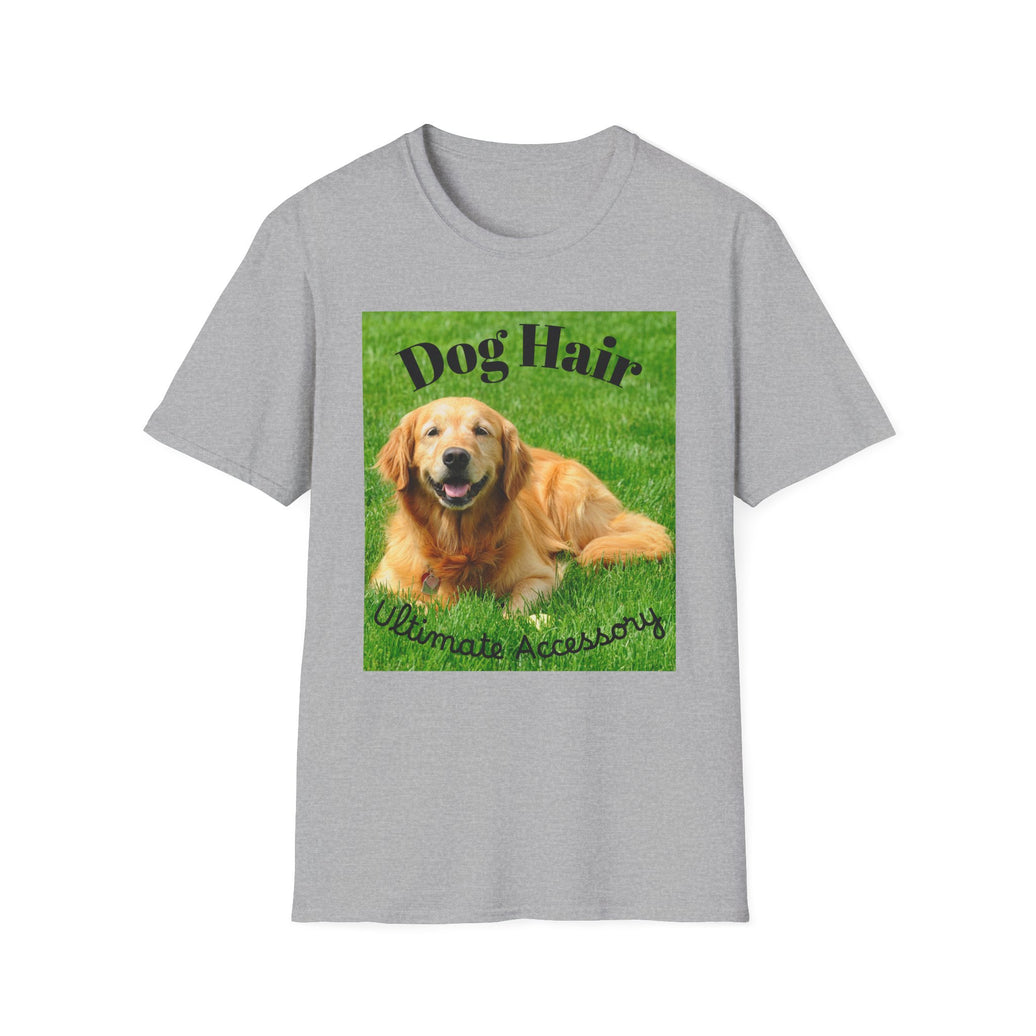
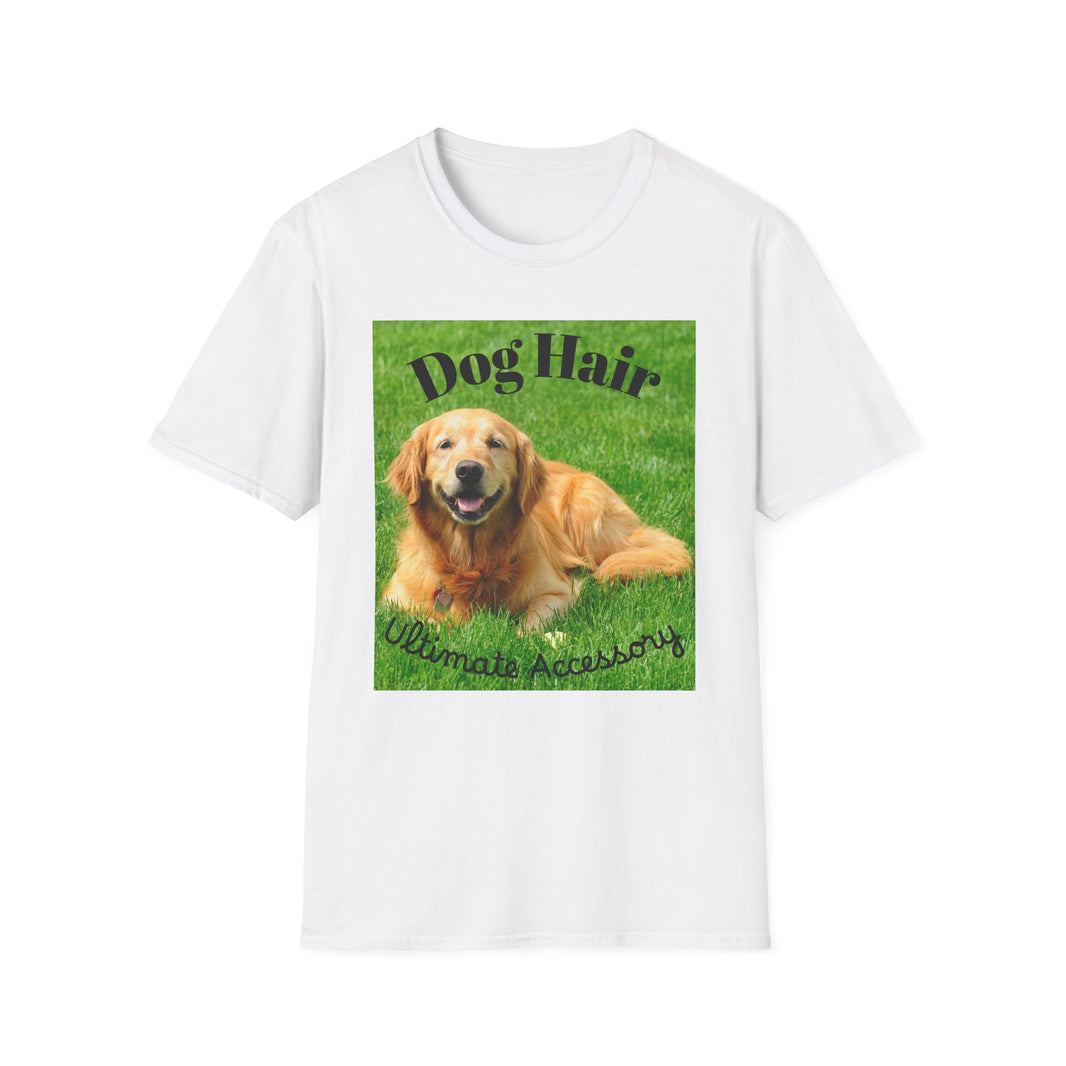

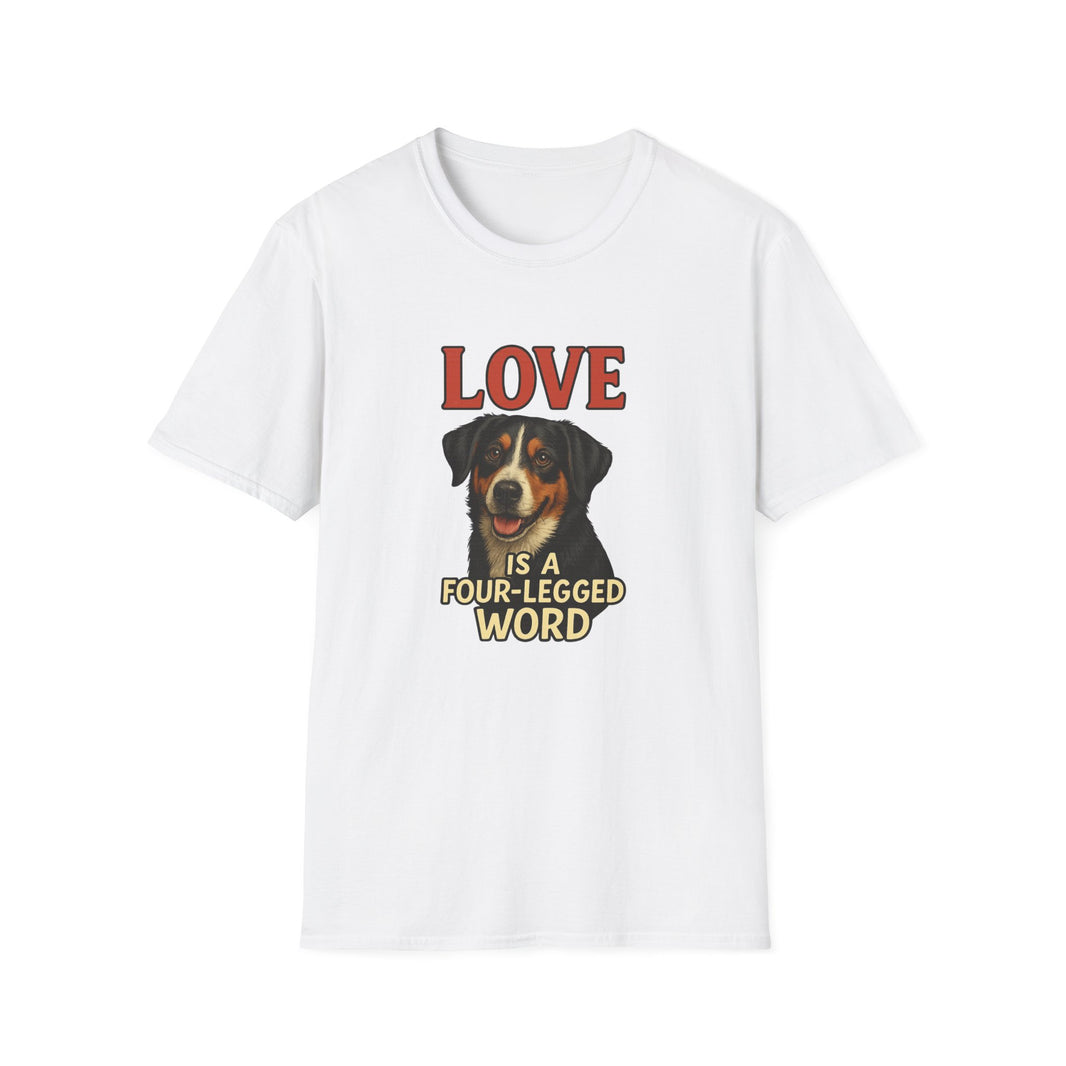
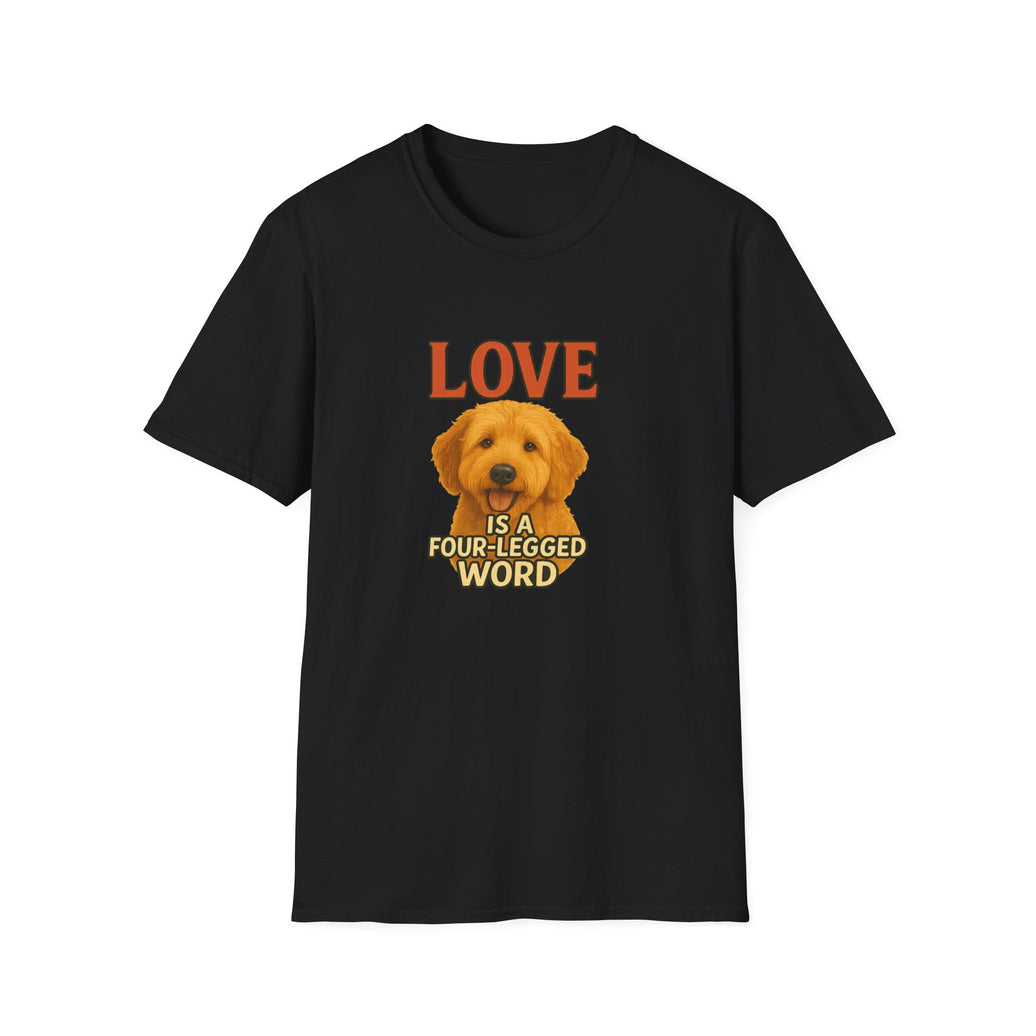
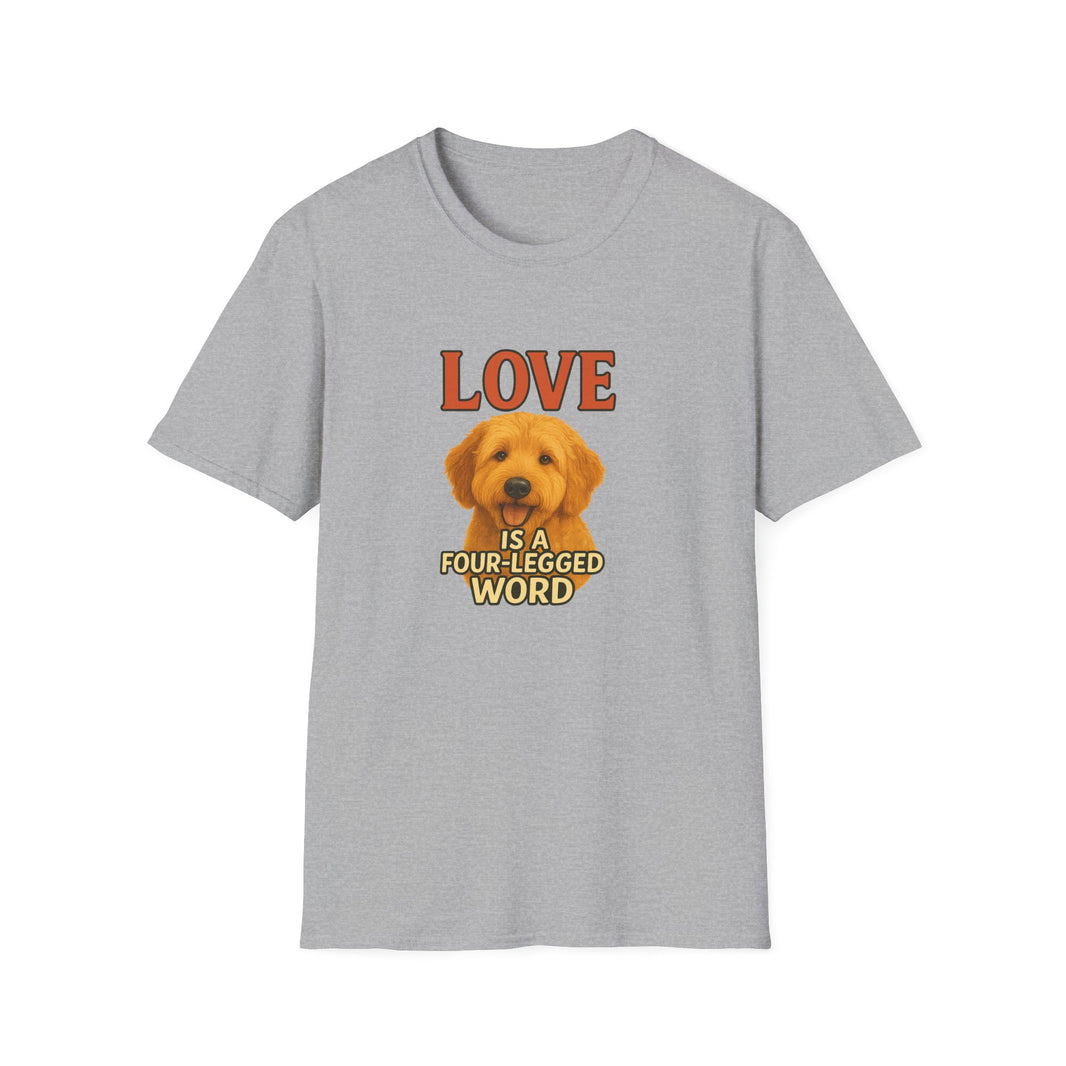



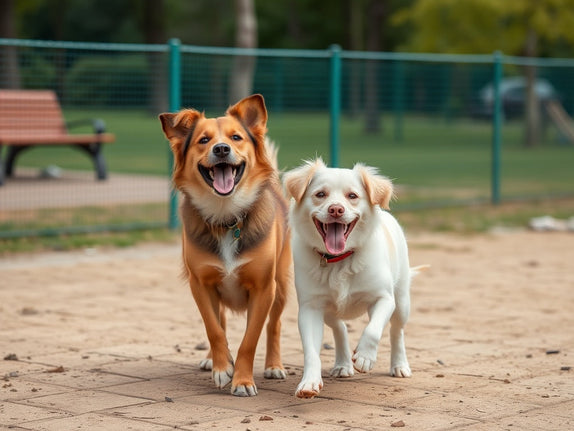


Leave a comment